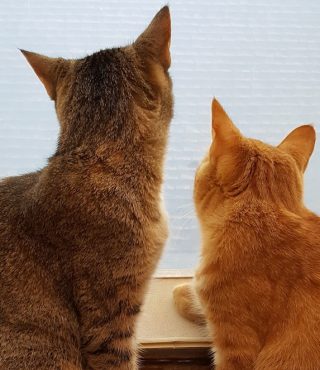Welcome to Subirdia

In Welcome to Subirdia: Sharing Our Neighborhoods with Wrens, Robins, Woodpeckers, and Other Wildlife, author John Marzluff reveals the biodiversity of our urban and suburban environments, and how our own actions affect the birds and animals that live in our cities and towns. He also provides ten specific strategies everyone can use to make human environments friendlier for our natural neighbors.
Yale University Press describes the process behind the book as follows: “Over many years of research and fieldwork, Marzluff and student assistants have closely followed the lives of thousands of tagged birds seeking food, mates, and shelter in cities and surrounding areas. From tiny Pacific wrens to grand pileated woodpeckers, diverse species now compatibly share human surroundings. By practicing careful stewardship with the biological riches in our cities and towns, Marzluff explains, we can foster a new relationship between humans and other living creatures—one that honors and enhances our mutual destiny.”
John M. Marzluff is James W. Ridgeway Professor of Wildlife Science at the University of Washington and lives in Snohonish, WA. The author or coauthor of more than 130 scientific papers and five books, he is a renowned ornithologist and urban ecologist.
Marzluff’s ten strategies for making our human environments friendlier to birds are:
1. Do not covet your neighbor’s lawn. (He characterizes lawns as an “ecological disaster of the highest magnitude.”)
2. Keep your cat indoors. (For more info on how-to, see catsandbirds.ca.)
3. Make your windows visible to birds. (For more info on how-to, see www.flap.org/windows)
4. Don’t light up the night sky. (For more info, see www.flap.org/light)
5. Provide food, water, and nestboxes.
6. Do not kill native predators.
7. Foster a diversity of habitats within the cities where we live.
8. Make the roads, particularly crossings, safer for animals.
9. Work with planning authorities to ensure that we have functional connections for animals between aquatic and terrestrial places within our cities.
10. Enjoy and bond with nature wherever you live.











